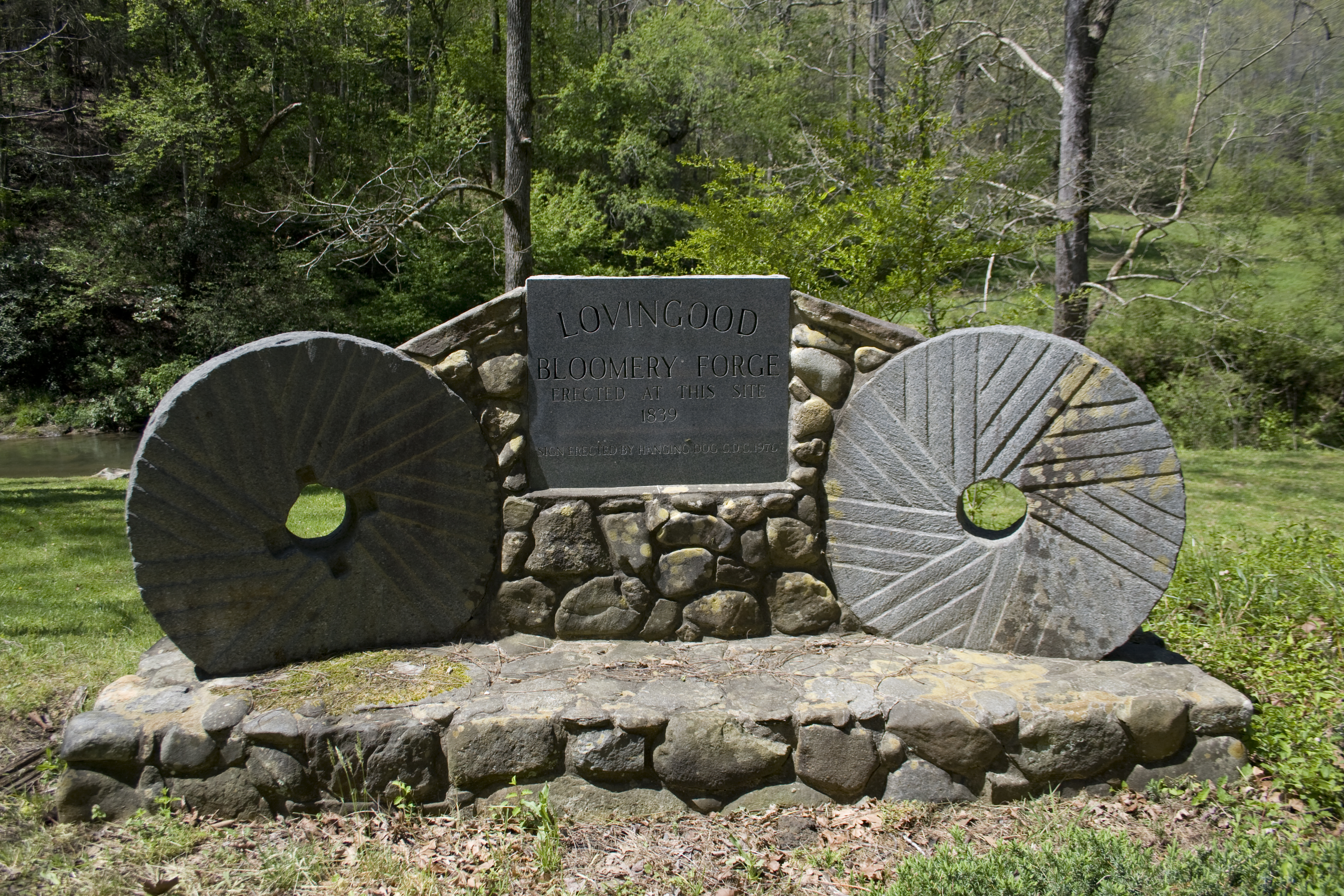
Asheville Boom
Feverish economic development is not new to Western North Carolina. The arrival of the railroad in Asheville triggered a boom that resulted in the construction of over 65 new commercial buildings in the 1920s. . .

Feverish economic development is not new to Western North Carolina. The arrival of the railroad in Asheville triggered a boom that resulted in the construction of over 65 new commercial buildings in the 1920s. . .

The Hanging Dog community in Cherokee County got its colorful name when a Cherokee Indian’s hunting dog barely escaped getting hung up in a mass of jammed logs and vines in a flooded creek. Nearby, European settlers found important deposits of iron. . .

The Nantahala Outdoor Center has quickly become one of the area’s most popular and recognized attractions.

Apples are a traditional and valuable part of our heritage in North Carolina. The most popular varieties nationwide–Red Delicious, Golden Delicious, and Gala–are grown here. In the western part of the state over 10,000 acres of orchards produce 75,000 tons of apples every year.


What do the GreenJackets, the RiverDogs, the Grasshoppers, the Catfish, the SandGnats, the BlueClaws, and the Crawdads have in common? They do not refer to square dance teams or high school debate clubs. Rather these intimidating monikers belong to professional, minor-league baseball teams. . .